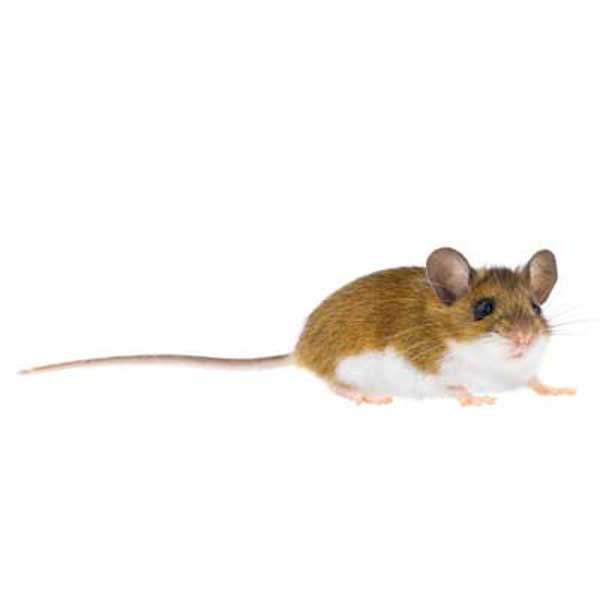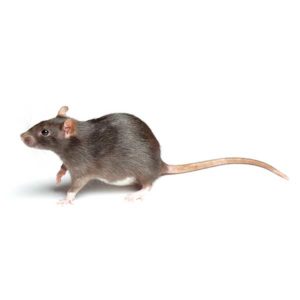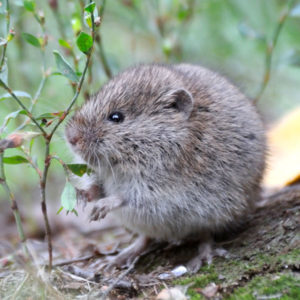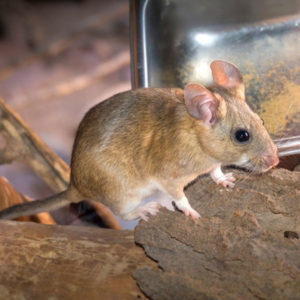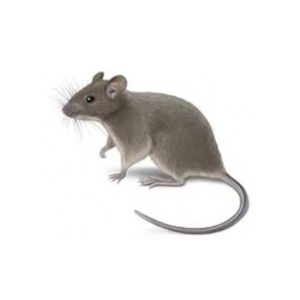Deer Mice in Salina
Deer mice are found throughout the Salina and are also known as field mice or white-footed mice. Most often found outdoors in rural areas, deer mice rarely invade residential properties. If they do, it was likely on accident or because they are seeking warmth for the winter. Their true danger lies in the fact that they are common carriers of hantavirus. They feed at dusk and dawn and their diet consists mainly of insects, seeds, nuts, and berries.
Deer Mouse Habitat
Deer mice live in cup-shaped nests built out of stems, leaves, and fibrous materials. Nests can be found in tree hollows, fence posts, abandoned squirrel and bird nests, and the underside of logs — they sometimes line them with feathers or shredded cloth. In homes, deer mice construct nests in low-activity areas such as basements, attics, garages, and crawl spaces. Deer mice do not hibernate and may invade homes during winter months seeking shelter in storage boxes, wall voids, and upholstered furniture.
Deer Mouse Behaviors, Threats, or Dangers
The biggest threat of deer mice is that they carry the highly dangerous hantavirus. This disease is often transmitted through contact with mouse carcasses, or by breathing in air-borne urine droplets from infected deer mice. If you fear exposure to hantavirus, seek medical help immediately. Fortunately, crossing paths with deer mice is not common. Throughout most of the year, deer mice nest in outdoor areas that are quiet, dark, and undisturbed. It’s when the weather gets colder during winter, deer mice tend to invade homes, garages, sheds, and sometimes even vehicles. When they get indoors, they are often found in basements or attics.
If you have a deer mouse infestation in your Salina property, always contact a licensed rodent control company.

